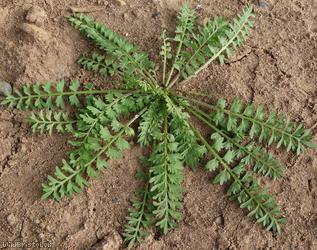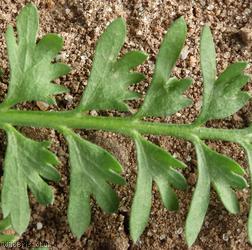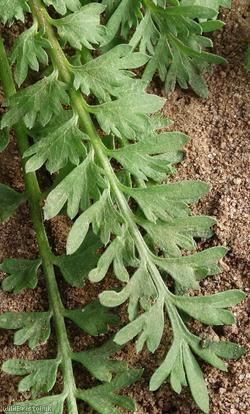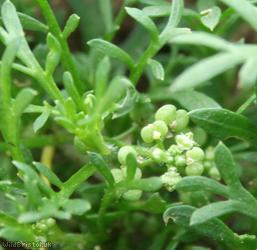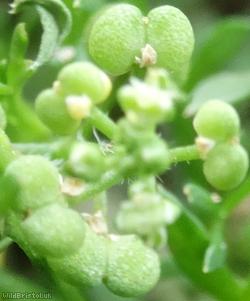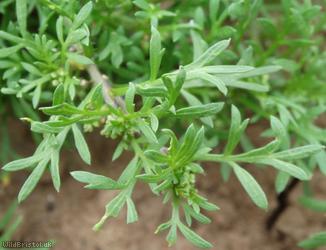Lesser Swine-cress - Lepidium didymum
Favourite Photos
Species Description
Widespread and fairly frequent in the Southern half of the UK especially around South Wales and the Bristol Region. Elsewhere it is scattered and local. Habitat includes: disturbed places often with winter-wet soils such as gardens, parks, allotment, churchyards, wastleand, roadside verges, spoil heaps, damp, paths, tips etc. Growing habit: Annual / Biennial. Flowers: June to September. Stem length: up to 40 cm. Other names include: Coronopus didymus (old name). ID: leaves are two lobed and notched and are pungent when crushed. Flowers are very small. It reached Britain in the early 18th century, being recorded from the wild by 1778. Native origin is not known due to its global spread but it's presumed to be from South America.
